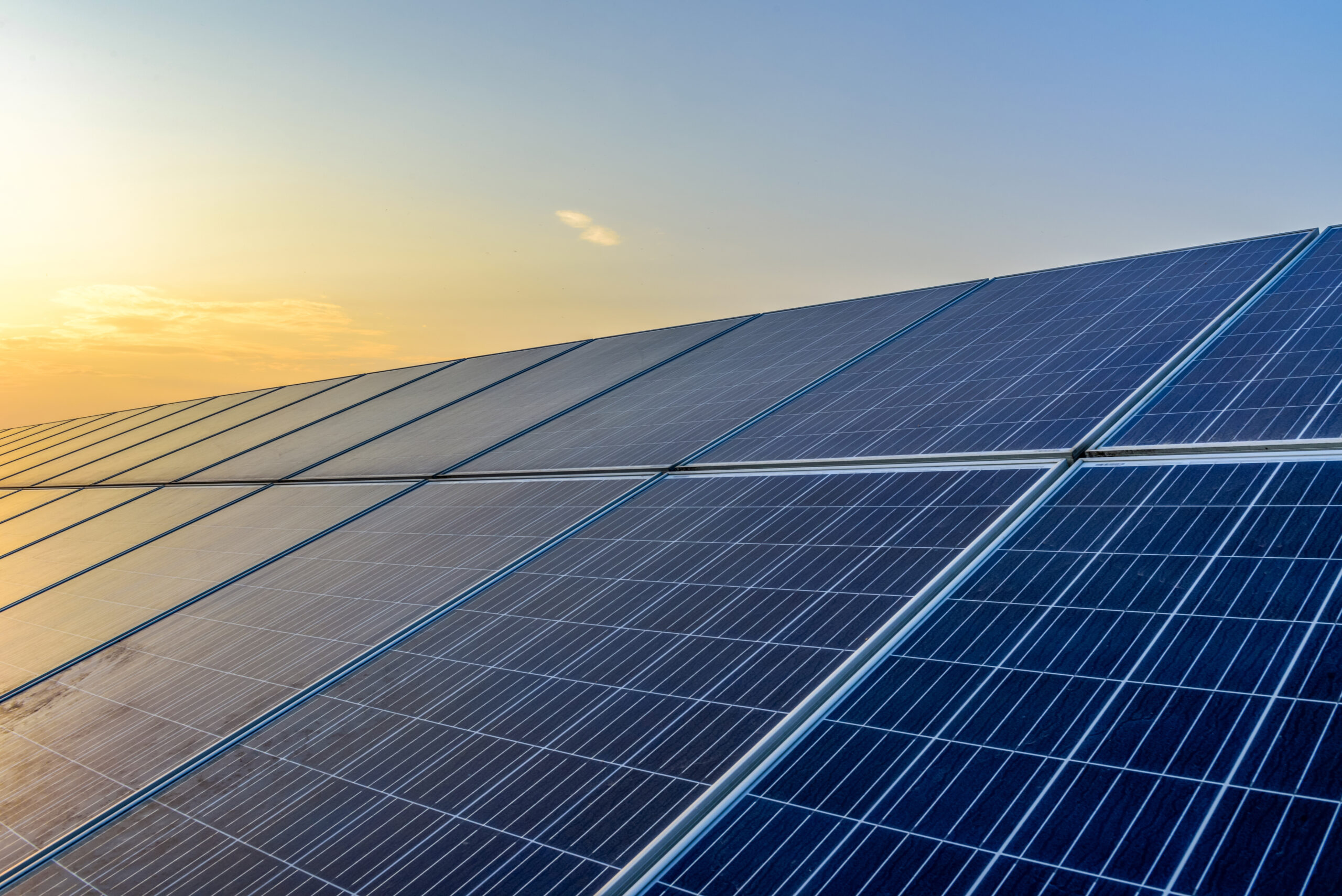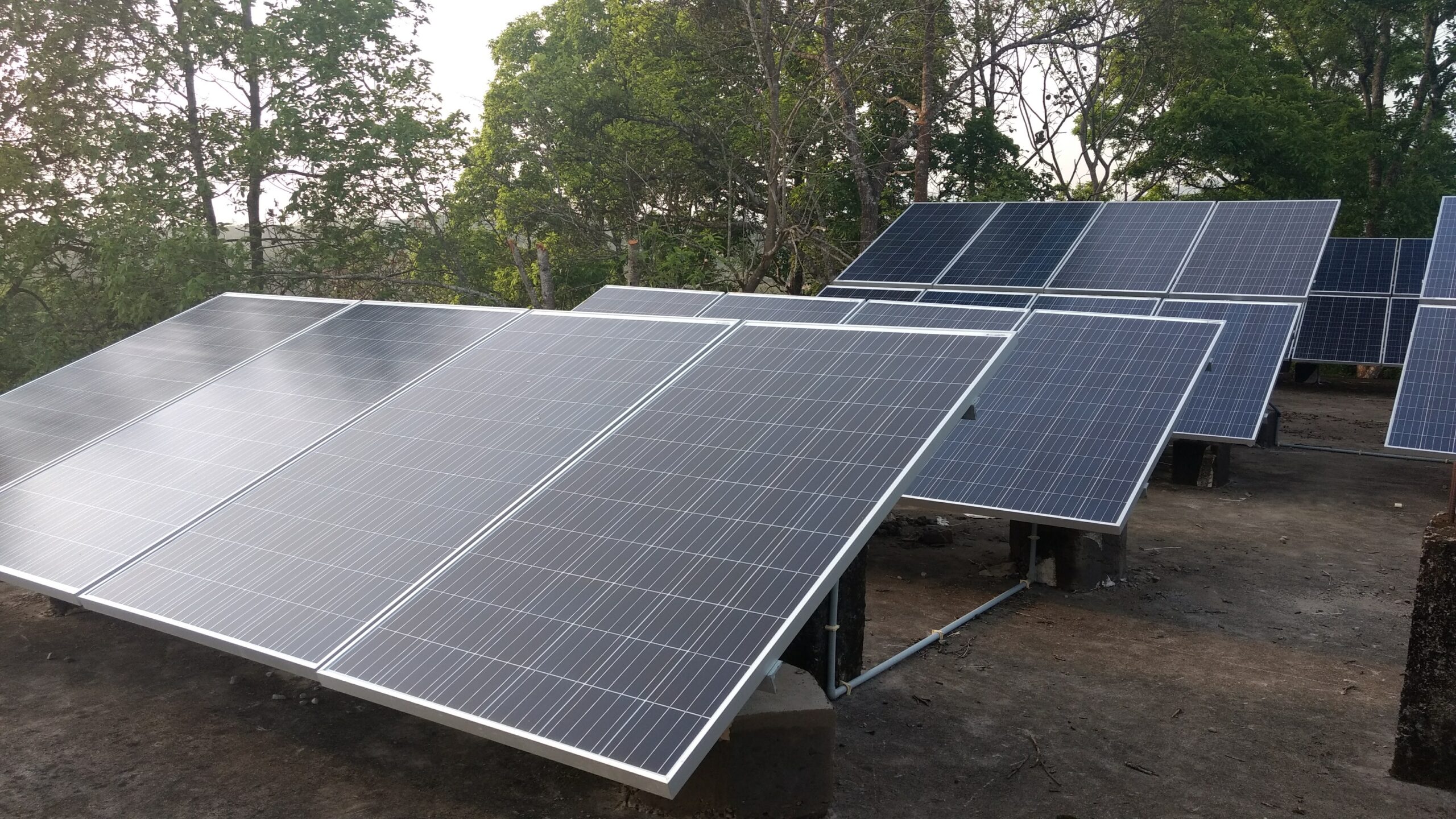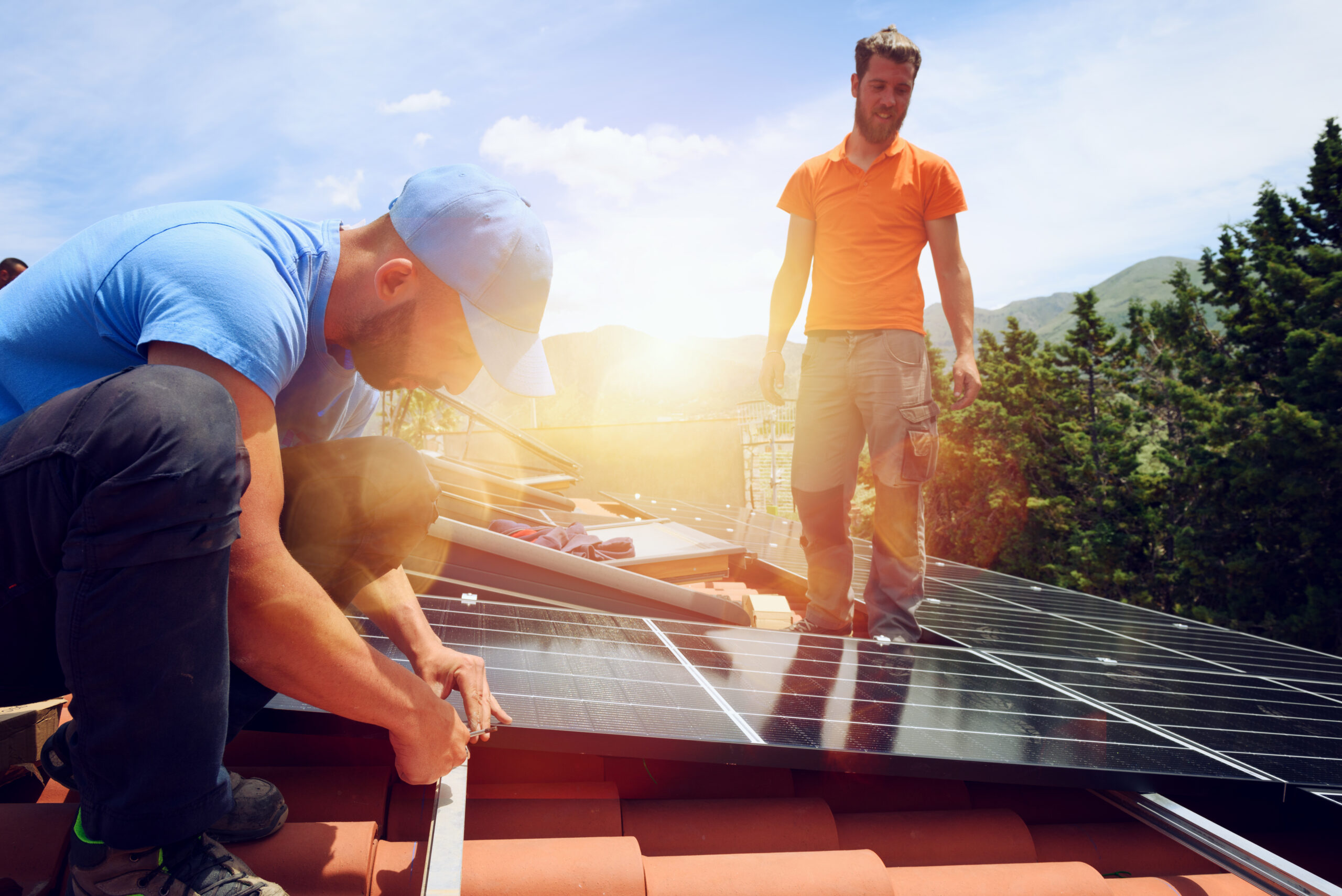
Grid-Tied vs. Off-Grid Systems: Navigating Solar Power Choices
The choice between grid-tied and off-grid solar systems is a pivotal decision for those considering solar energy. This blog compares and contrasts both options, highlighting their benefits, challenges, and key considerations. Understanding the differences between these systems is essential to make an informed choice that aligns with your energy needs, location, and goals for energy independence.
The Significance of the Grid-Tied vs. Off-Grid Decision
- Energy Reliability: The choice between grid-tied and off-grid systems affects your energy reliability and autonomy.
- Cost Implications: Both options have varying upfront and long-term costs, influencing your financial commitment to solar power.
- Environmental Impact: The choice contributes to environmental sustainability by reducing reliance on non-renewable energy sources.
- Energy Independence: It determines the extent of your energy independence and your reliance on centralized power grids.
Grid-Tied Solar Systems
Benefits:
- Cost-Effective: Grid-tied systems are generally more cost-effective to install due to fewer components.
- Access to Grid: Grid-tied systems maintain a connection to the electrical grid, ensuring continuous power during nighttime or periods of low sunlight.
- Net Metering: Grid-tied systems often allow you to sell excess energy back to the grid, potentially earning credits on your electricity bill.
- Reduced Battery Costs: Since grid-tied systems don’t require battery storage, they can be more affordable.
Challenges:
- Grid Dependency: Grid-tied systems are still reliant on the electrical grid, and power outages may affect energy supply.
- Limited Autonomy: You have limited autonomy during grid outages or emergencies.
Off-Grid Solar Systems
Benefits:
- Energy Independence: Off-grid systems offer full energy independence, making them ideal for remote areas or those seeking self-sufficiency.
- No Grid Bills: You won’t receive utility bills when you’re completely off the grid.
- Backup Power: Off-grid systems often include battery storage for power backup during low-sunlight periods.
- Remote Locations: They’re well-suited for remote locations where connecting to the grid is cost-prohibitive.
Challenges:
- Higher Upfront Costs: Off-grid systems typically have higher upfront costs due to the need for battery storage.
- Battery Maintenance: Batteries require regular maintenance and replacement, adding to long-term costs.
- Energy Management: You must carefully manage and conserve energy to avoid shortages.
Key Considerations for Choosing Between Grid-Tied and Off-Grid Systems
- Energy Needs: Assess your energy consumption, including peak usage, to determine if grid-tied or off-grid systems can meet your needs.
- Location: Evaluate your location, considering factors like average sunlight hours and access to the grid, to determine system feasibility.
- Budget: Consider your budget for upfront costs and long-term expenses, factoring in potential incentives or subsidies.
- Grid Reliability: Assess the reliability of your local grid and the frequency of power outages to decide on the level of autonomy you need.
- Sustainability Goals: Consider your environmental goals and the degree of self-sufficiency you desire in reducing your carbon footprint.
Best Practices for Grid-Tied and Off-Grid Solar Systems
- Consultation: Seek professional advice from experienced solar installers to assess your specific situation and receive tailored recommendations.
- Multiple Quotes: Obtain quotes from different installers to compare pricing, services, and equipment options.
- Battery Care: If you choose an off-grid system, be diligent in maintaining and caring for your battery storage to maximize its lifespan.
- Backup Plans: Develop contingency plans and backup power sources for off-grid systems to ensure energy security during extended periods of low sunlight.
Impact and Benefits of Grid-Tied and Off-Grid Solar Systems
- Energy Reliability: The choice between grid-tied and off-grid systems determines your energy reliability, whether connected to the grid or self-sufficient.
- Cost Implications: Both options have varying upfront and long-term costs, influencing your financial commitment to solar power.
- Environmental Impact: The choice contributes to environmental sustainability by reducing reliance on non-renewable energy sources.
- Energy Independence: It determines the extent of your energy independence and your reliance on centralized power grids.
The choice between grid-tied and off-grid solar systems is a significant decision with implications for energy reliability, costs, environmental impact, and energy independence. Careful assessment of your energy needs, location, and budget, coupled with a clear understanding of the benefits and challenges of each option, will guide you towards making an informed choice. Whether you opt for grid-tied convenience or off-grid autonomy, both systems contribute to reducing your carbon footprint and transitioning to a more sustainable energy future.


